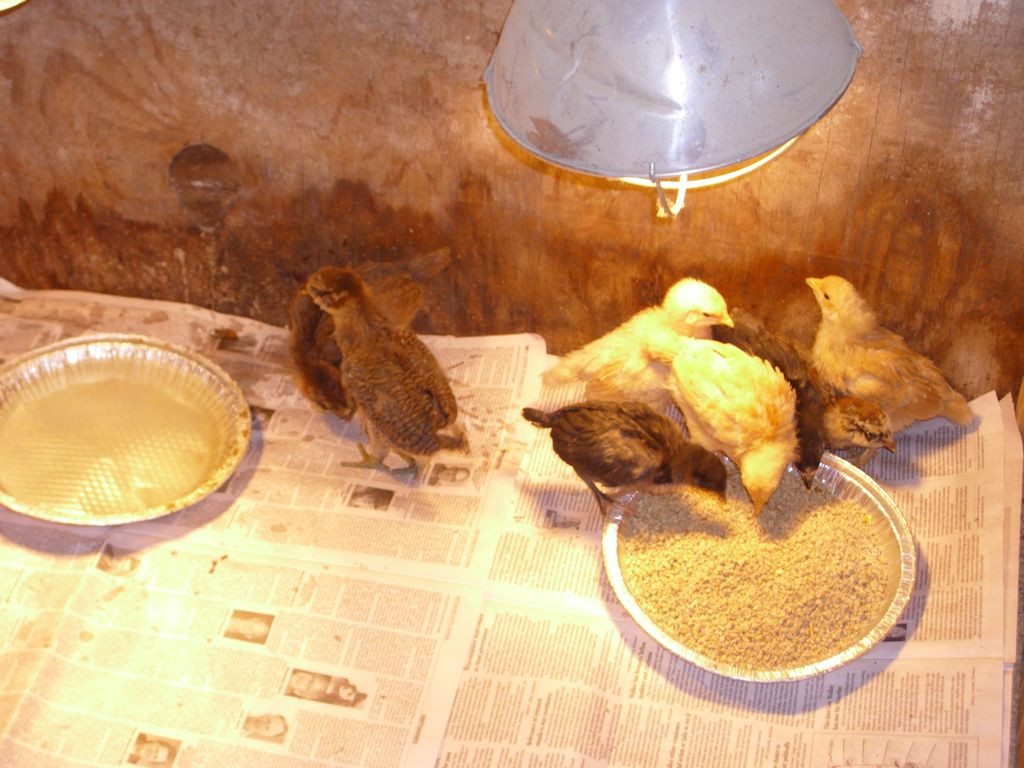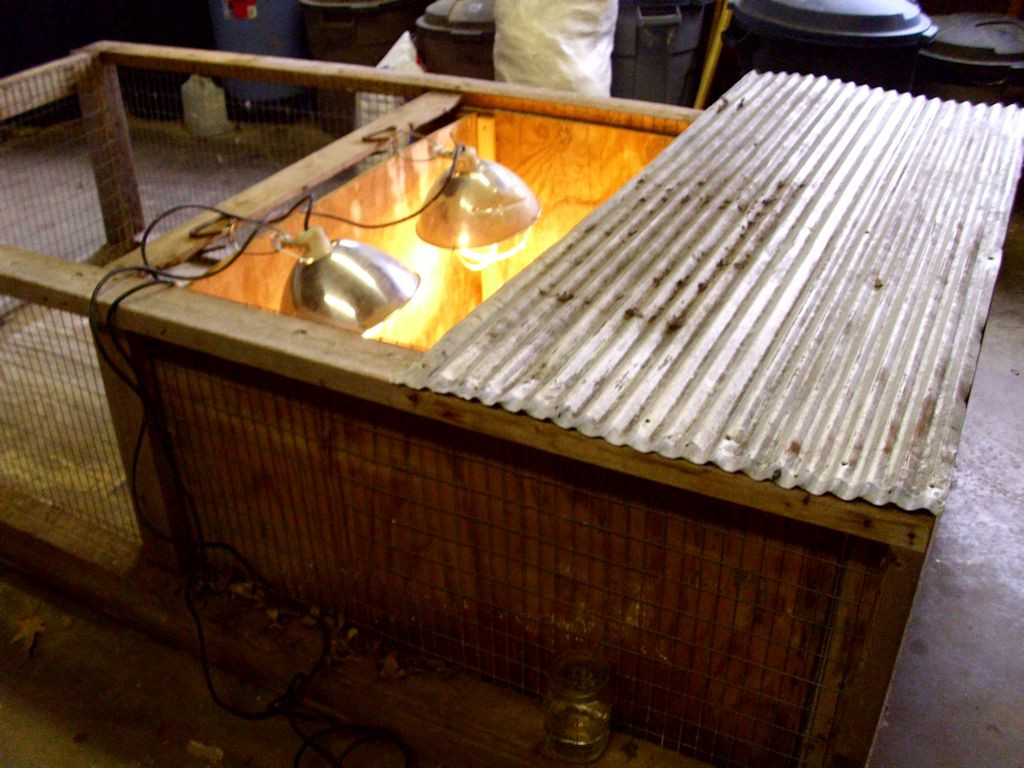There are many different ways to perform some tasks. Until recently, I thought that the only two ways to effectively hot water bath can were in the oven and on the stove top. I haven’t used the oven method for quite a number of years, partly because there is a chance that the jars won’t seal properly afterward and the opportunity for pathogens to enter the jars unwanted. The method I currently use is on top of the stove using a suitably large pot or a canner. In fact, it was this technique that caused me to write, Choosing an Appropriate Stove. It’s probably the method I’ll continue to use, but there are other options.
The proliferation of stoves with tops that aren’t suitable for heavy pots has companies like Ball scrambling, especially since there is a resurgence in interest about canning foods. You can’t really can safely on a glass top stove; although, some people do it successfully for the most part. The alternative is to have a separate device that’s designed to can away from the stove. After checking out a number of these devices, the only one that looks really interesting is the Ball FreshTech Electric Water Bath Canner. I’ve found a number of reviews about this particular device online, but the most comprehensive so far is a Washington Post article, Finally, an appliance that can help newbies and pros alike get canning.
The device does seem really convenient and would be great for someone with a bad back because the drain spout makes it easy to empty hot water from the canner without physically lifting it from the stove. I know the canner can get quite heavy, having lifted a number of them myself. Of course, the assertion that you normally lift canner, jars and all, is incorrect. You use a jar lifter to remove the jars from the canner first, then empty the hot water from the canner. Over the years I’ve seen people employ all sorts of weird methods to remove the jars and even try to lift the canner, jars and all. Believe me, using the jar lifter is much easier and safer.
The point of this new device is that you can make your own high acid canned goods and store them away. The food you get is much tastier and lacks the usual chemical soup of preservatives found in store bought foods. More importantly, you can save a considerable amount of money. However, I’m not quite sure whether you’d actually save enough to pay the price for this appliance unless you entered wholeheartedly into canning. Even then, it would take a while to pay the device off in terms of money saved at the store.
I haven’t personally used this device and therefore can’t actually recommend it to you. However, I present it as a viable alternative to those of you who have asked me about canning and then went away disappointed when I mentioned problems using a glass top stove. I’d love to hear from people who have used this device. Please contact me at [email protected].



